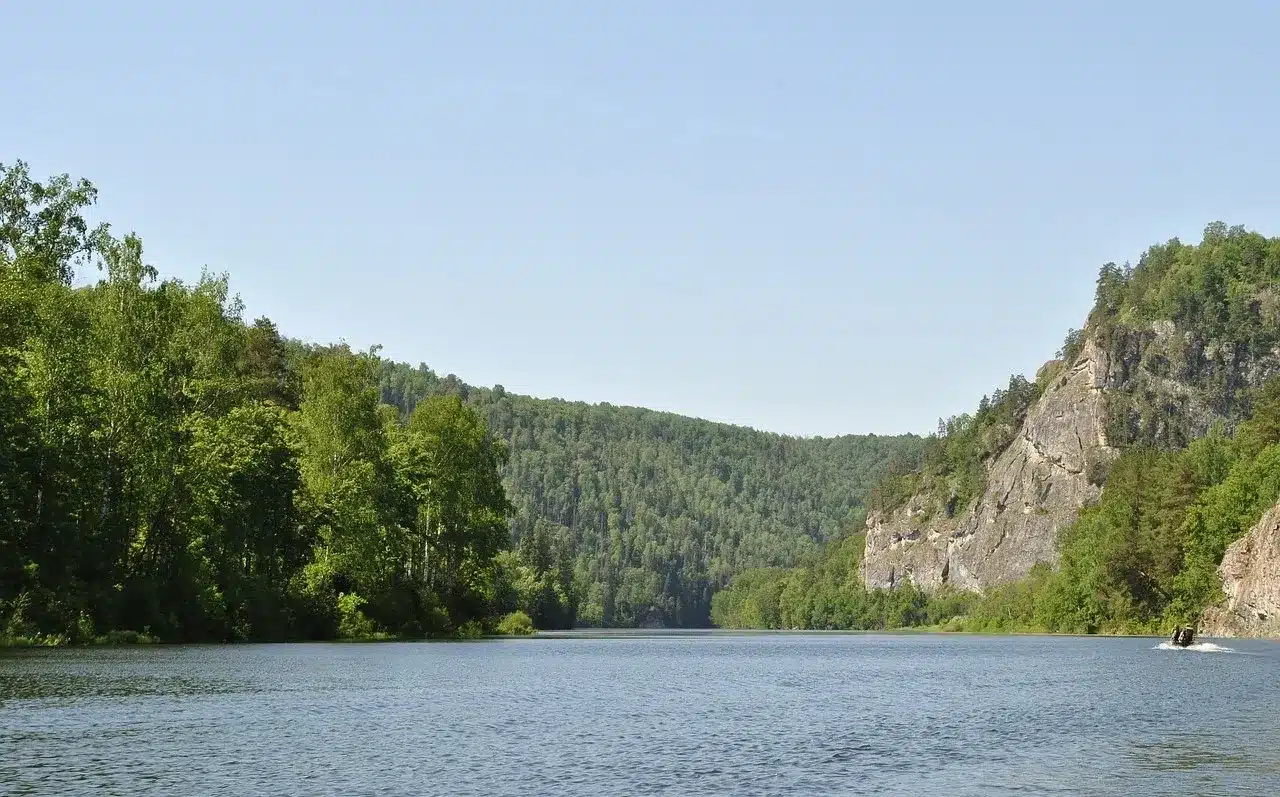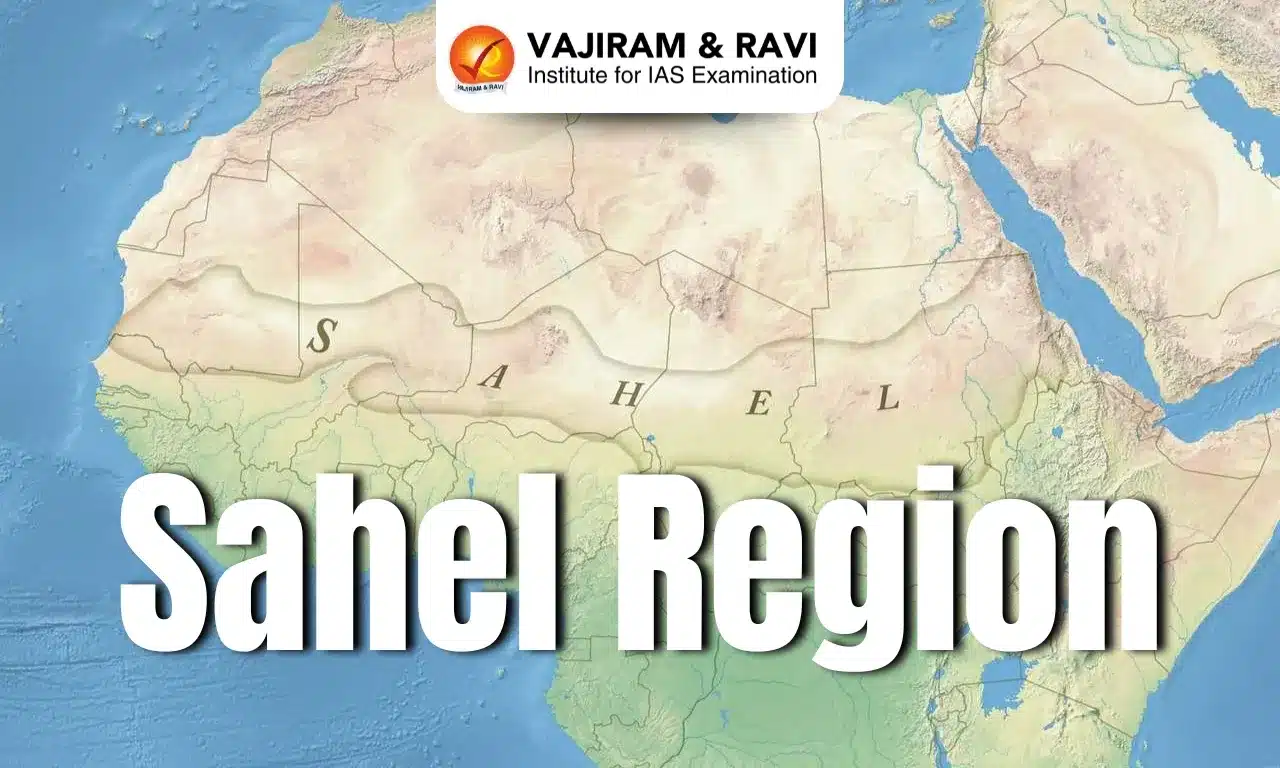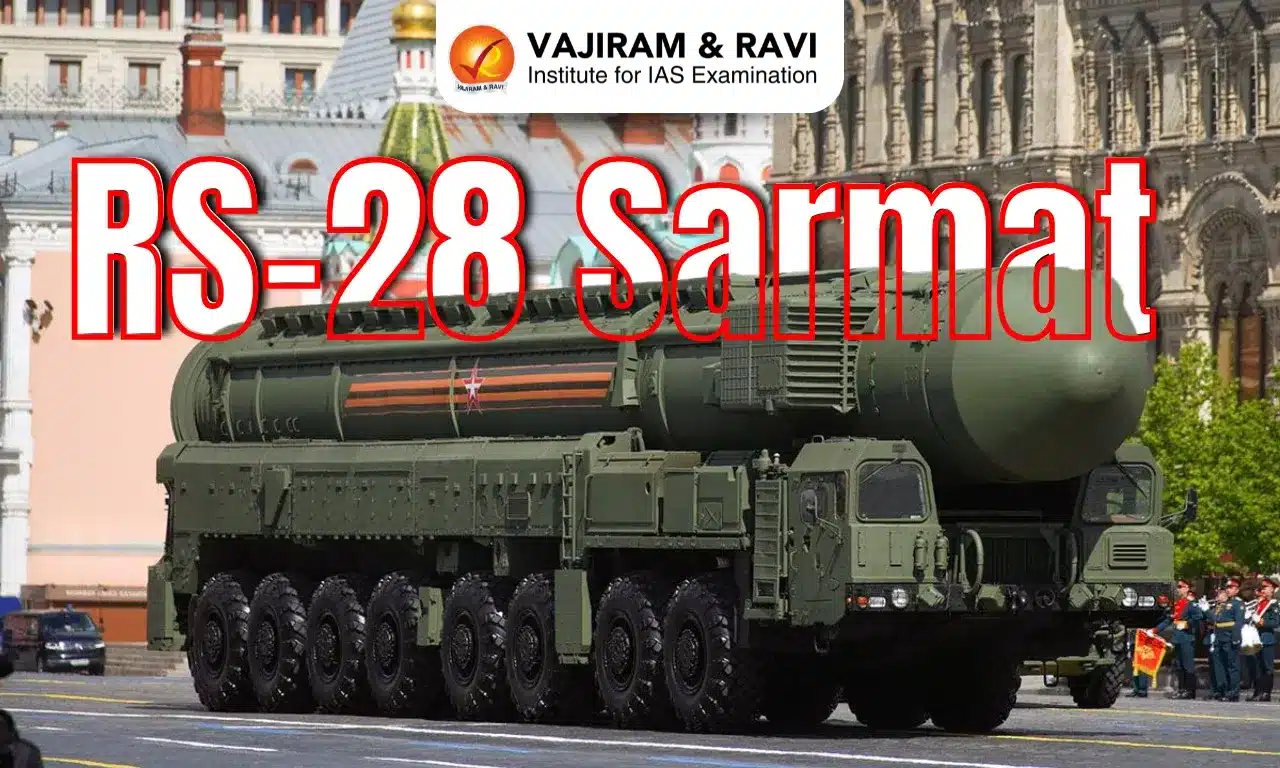About Ural River
- It is a 2,428 km long river that flows through Russia and Kazakhstan along the continental boundary between Europe and Asia.
- It is also referred to as the Zhayyq River in the native Kazakh language.
- Course:
- The river originates in the Ural Mountains, close to Mount Kruglaya in Russia.
- It empties into the Caspian Sea; the world’s largest inland sea that lies between Europe and Asia.
- It is Europe’s third-longest river, after the Volga and the Danube rivers, and Asia’s 19th longest river.
- Melting snow constitutes about 60% to 70% of the river’s water source, while precipitation is a minor source.
- A prominent feature of the Ural River is itsdigitate delta, or tree-like structure, that can be seen as the river enters the Caspian Sea.
- Tributaries:
- It has a total of 58 tributaries, with the most prominent ones being Kushum, Derkul, Chagan, Irtek, Utva, Elek, Bolshaya Chobda, Kindel, Sakmara, Tanalyk, Salmys, Or, and Suunduk.
- Tributaries from the right side are typical mountain rivers, while the left side tributaries have flatland characteristics.
Orsk City
- It is located in the Orenburg Oblast region, Russia.
- It lies about 150 miles (240 km) south of Magnitogorsk at the confluence of the Ural and Or rivers.
- It lies adjacent to the Kazakhstan–Russia border.
Orsk is now a major industrial centre, with a large oil refinery using petroleum piped from fields on the Caspian Sea.
Q1: Which countries border the Caspian Sea?
The Caspian Sea is bordered by five countries: Kazakhstan, Turkmenistan, Iran, Azerbaijan, and Russia.
Last updated on July, 2025
→ UPSC Notification 2025 was released on 22nd January 2025.
→ UPSC Prelims Result 2025 is out now for the CSE held on 25 May 2025.
→ UPSC Prelims Question Paper 2025 and Unofficial Prelims Answer Key 2025 are available now.
→ UPSC Calendar 2026 is released on 15th May, 2025.
→ The UPSC Vacancy 2025 were released 1129, out of which 979 were for UPSC CSE and remaining 150 are for UPSC IFoS.
→ UPSC Mains 2025 will be conducted on 22nd August 2025.
→ UPSC Prelims 2026 will be conducted on 24th May, 2026 & UPSC Mains 2026 will be conducted on 21st August 2026.
→ The UPSC Selection Process is of 3 stages-Prelims, Mains and Interview.
→ UPSC Result 2024 is released with latest UPSC Marksheet 2024. Check Now!
→ UPSC Toppers List 2024 is released now. Shakti Dubey is UPSC AIR 1 2024 Topper.
→ Also check Best IAS Coaching in Delhi















